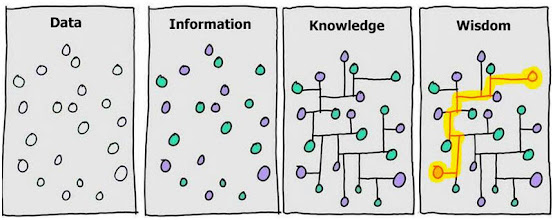Disclosure Design Patterns

Reporting is about disclosures. Standards setters and regulators specify disclosures. Accounting professionals within a reporting economic entity create disclosures based on the specification. Auditors verify that a disclosure is true and fair. Analysts extract information from disclosures and often compare disclosures across periods or between reporting economic entities. The work of creating a disclosure is tedious; yet at the same time there are very serious consequences from errors. The current conventional disclosure review process is labor intensive, prone to human error, time consuming, and costly. But what if there were a better way? What if software could be used by standards setters, regulators, and anyone else creating a reporting scheme to effectively specify required disclosures and supporting information and that information was available in both machine-readable form and also human-readable information could be generated directly from that ma...








